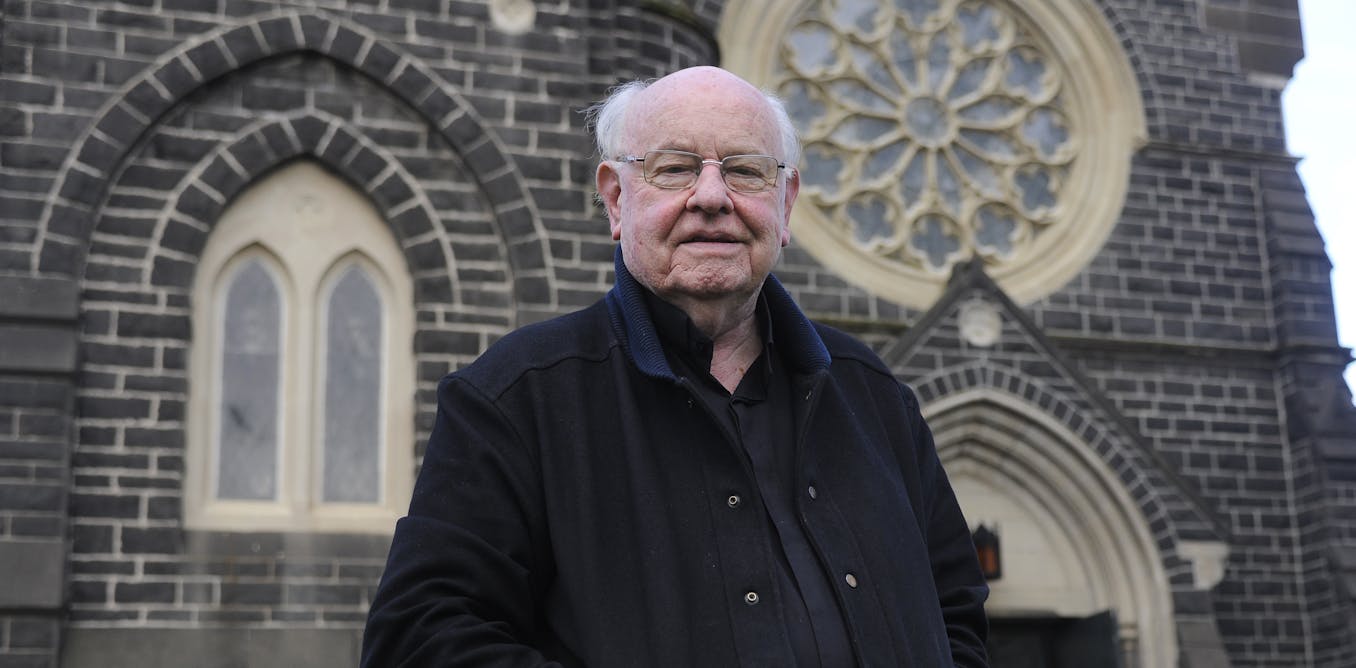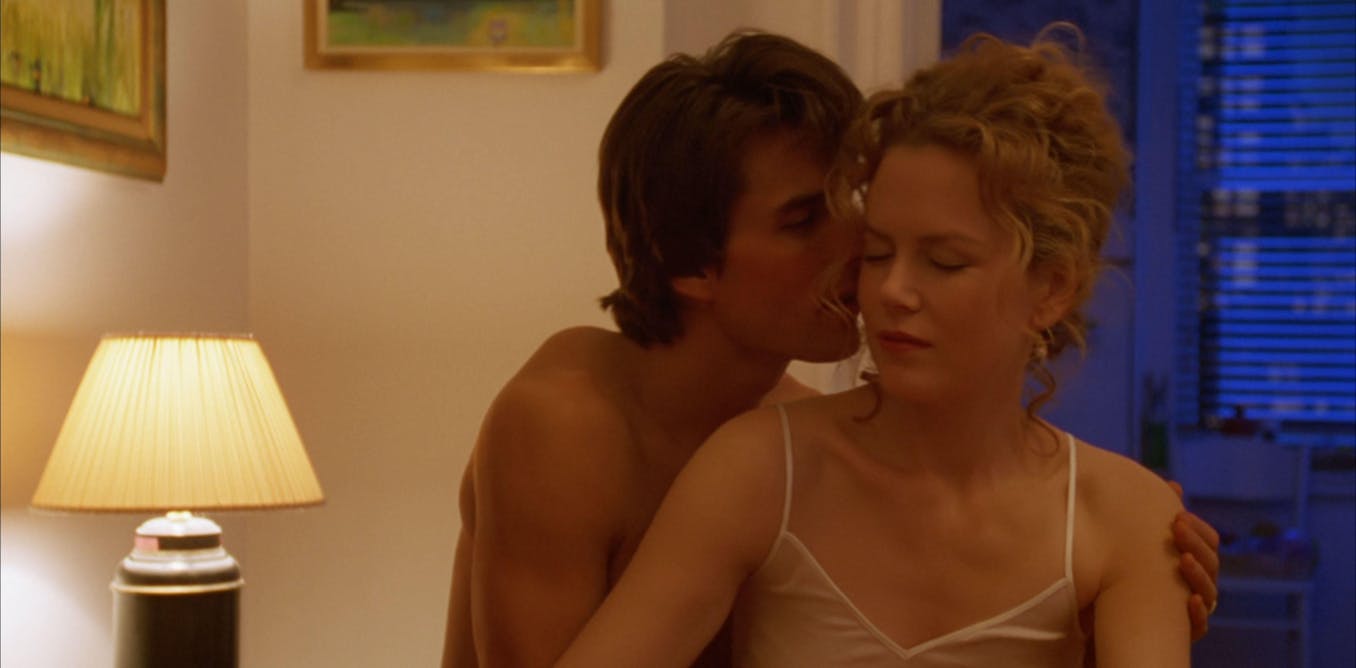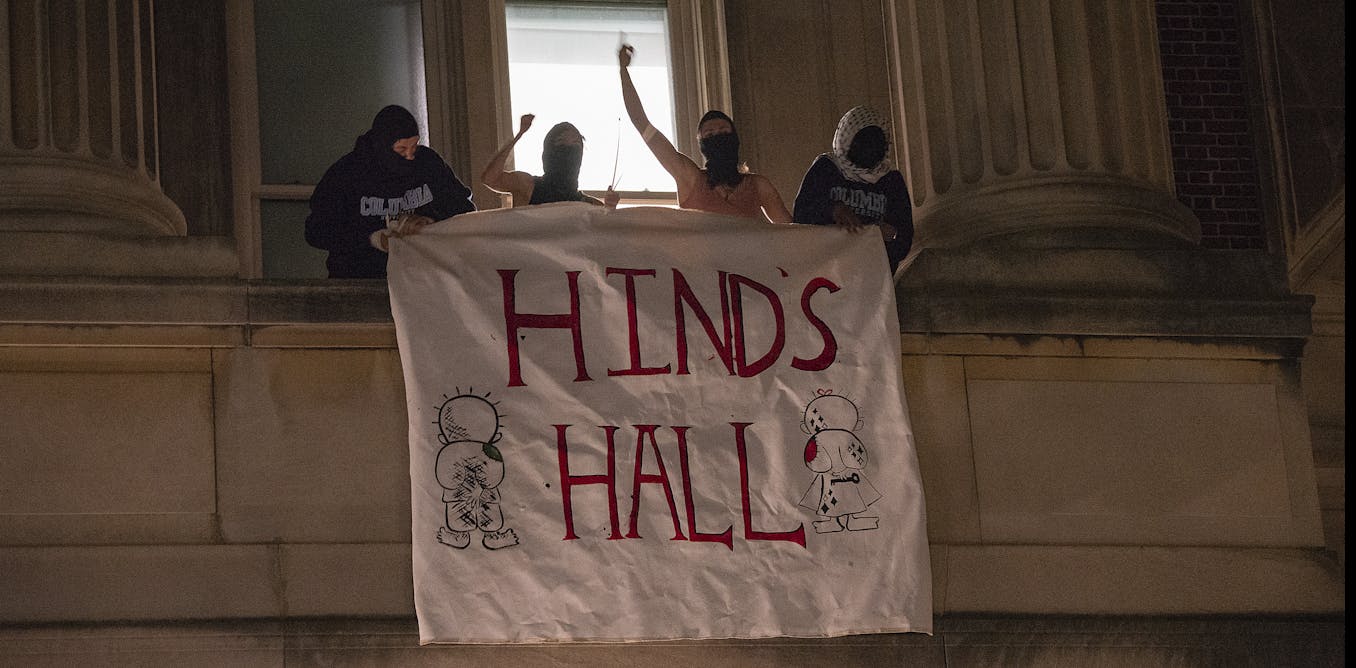They told me the church was my mother. I learned that at school, and in the seminary. ‘Holy Mother Church’, they said. But I soon discovered that she was a bitch.
This was one of the first things Father Bob Maguire ever said to me in a background interview I did with him in 1990 as part of my research for a television documentary about youth homelessness.
I guffawed, and I could see by the sparkle in his eyes he knew he had drawn me into his comical, satirical, deeply serious take on the world – and that I was intently listening.
What he always had to say, as I would learn, often after an opening zinger like this, was in his actions as much as in his marvellous wordplay.
He may have been comically scathing of the institutional church, but there was another church he really believed in: the community of people who worked together to advance the welfare, dignity and just treatment of the disadvantaged, the homeless, the addicted and the forgotten.
Everyone was welcome in this church. Very aptly, the charitable foundation Father Bob established in 1979 was named the Open Family Foundation.
In 1990, I was a junior television producer who had found my way into filmmaking after some years as a youth worker. Father Bob had established a profile as a champion of “street kids” through his work at Open Family, so he seemed like a good place to start my research into homelessness.
Meeting him was like walking through a portal. Father Bob and his team of outreach workers took me with them into derelict squats, seedy back alleys, soup kitchens and dumpster bins.
One of our interviewees took us on a tour of the Fitzroy backstreet doorways and dumpsters he slept in on cold nights. He even had a ratings system for them.
Then there was the trans sex worker who earned her living in and around Darlinghurst’s notorious beat, “The Wall”. In a dingy late-night café around the corner, she told me her poignant, funny story. Initially, she wanted her face blurred on camera, but after five minutes she changed her mind and became quite expansive.
If the camera was there with the blessing of Father Bob or his team, people felt safe.
To be trusted like this with a television camera – which for many we met was normally a symbol of intrusive voyeurism – was an incredible privilege. I went over that interview perhaps 100 times while editing the program, looking for the right moments. I recall crying as I did so, at the raw honesty and the pain.
Read more:
Religious groups are embracing technology during the lockdown, but can it replace human connection?
‘They are one of us’
A key member of Father Bob’s team was Henry Nissen, an ex-boxer whose concern for the disadvantaged had led him into outreach work with Open Family.
“The most Christian person I have ever met is a Jewish pugilist,” said Father Bob of his protégé.
Nissen would be paid by Open Family whenever the organisation could afford it, but pay or not he spent many nights a week scouring the streets of inner-city Melbourne making contact with itinerant young people.
He knew all the haunts, drug dens and under-bridge camps. A figure would emerge from the shadows and in the gentlest of voices, Henry would call: “Is that you X….?”, and they would step out into a beam of moonlight or streetlamp.
At a little distance, I could see and hear Nissen encouraging, advising and sometimes admonishing or pleading. He might offer a lift to a hostel or entry to a detox centre or one of the many emergency services Father Bob had established.
Around the same time, I was also researching another project on the newly emerging scandal of the stolen generations. My investigations led me to a simple weatherboard house in Preston where a young Indigenous man gave me three hours and five cups of tea as he told me his story of losing and finding his family.
His name was Archie Roach and he had just recorded an album of songs inspired by these experiences. A few months later, Charcoal Lane was released and became a huge hit.
One of the songs, Down City Streets, was written by Roach’s partner, Ruby Hunter, about her experience as a street kid. As I sat in the edit suite, reviewing all the material we had gathered over many months with Father Bob, that song seemed to encapsulate the many stories I was trying to weave together.
Roach very kindly gave us permission to use this song in the program and eventually as the title of the documentary. Down City Streets was broadcast on the Seven Network in 1991.
Father Bob made a telling comment in the program, which we had treated with a reverb effect: “No matter who a person is, what they have done, what has happened to them […] they are one of us.”
That reverb continues 30 years later.
Read more:
Archie Roach: the great songman, tender and humble, who gave our people a voice















